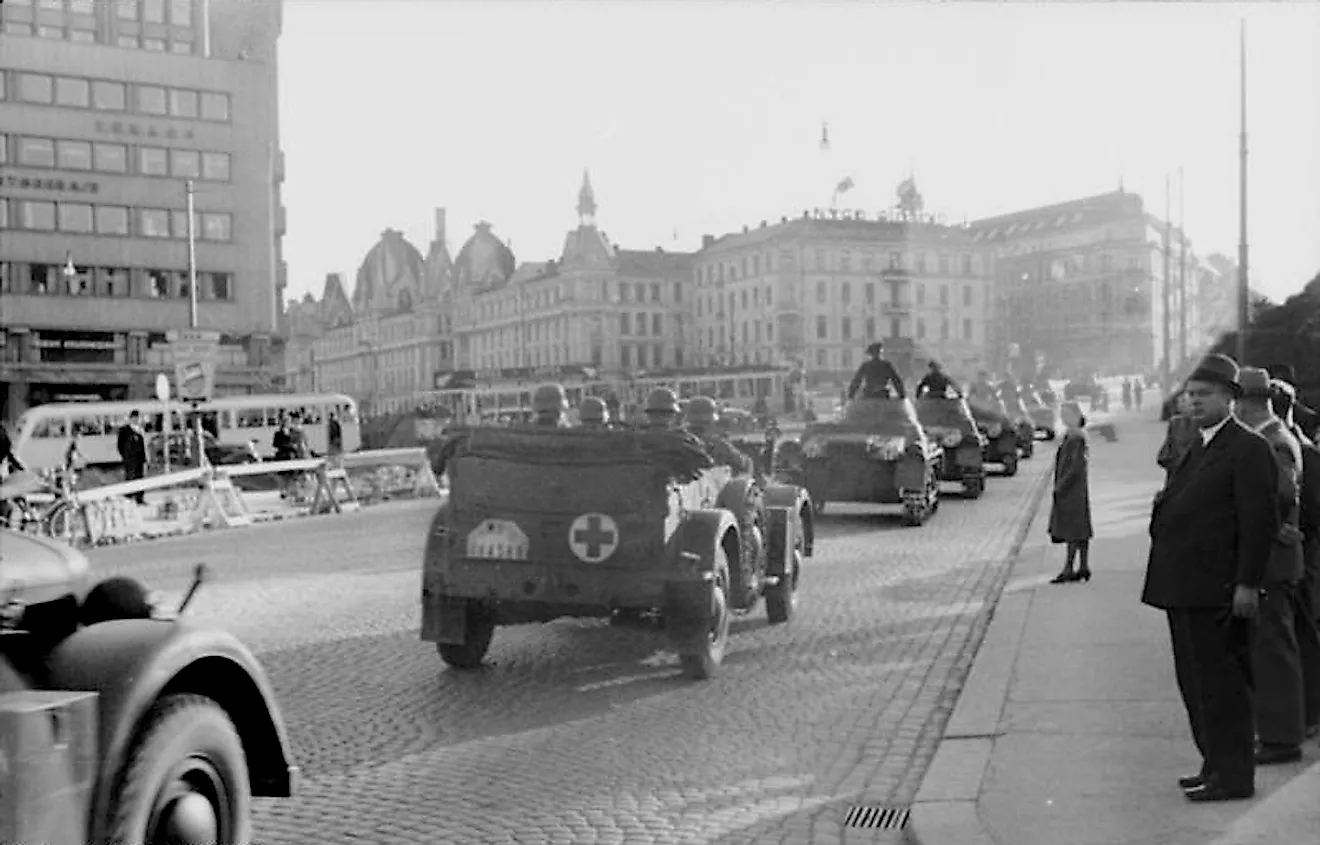
German Invasion of Norway and Denmark
Germany invaded Denmark and Norway on April 9, 1940. Known as Operation Weserübung, the invasion occurred for two reasons: first, so Germany could obtain naval bases to then use against the British, and second, to secure crucial iron-ore shipment from neutral Sweden. However, these military operations would have even more profound consequences.
Background
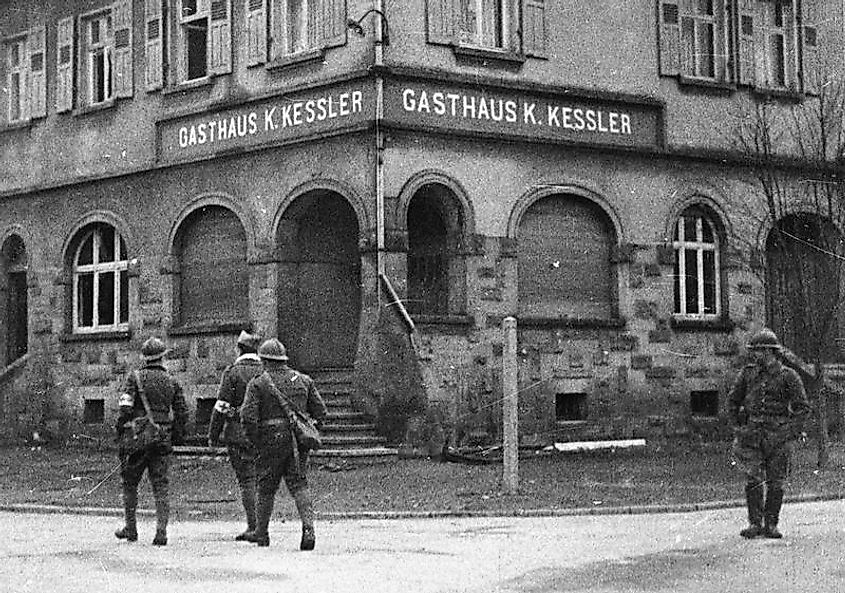
The joint German-Soviet invasion of Poland in September 1939 marked the beginning of World War II. A combination of the Nazis' Blitzkrieg (lightning war) tactics and the Polish Army being spread too thin meant that the country fell by early October. But, after this battle, large-scale fighting more or less stopped for about half a year. Indeed, despite both France and the United Kingdom (UK) declaring war on Germany on September 3, a heavily fortified French-German border, among other reasons, prevented most fighting. This is not to say that there were no instances of armed conflict. For instance, French soldiers participated in the Saar Offensive from September 7 to October 17, Germany bombed Scotland's Shetland Islands on November 13, and the Winter War occurred between the Soviet Union (USSR) and Finland from November 30 to March 12, 1940. However, the major battle that ended this "Phoney War" period was Operation Weserübung--the invasion of Denmark and Norway on April 9, 1940.
The Invasion Of Denmark
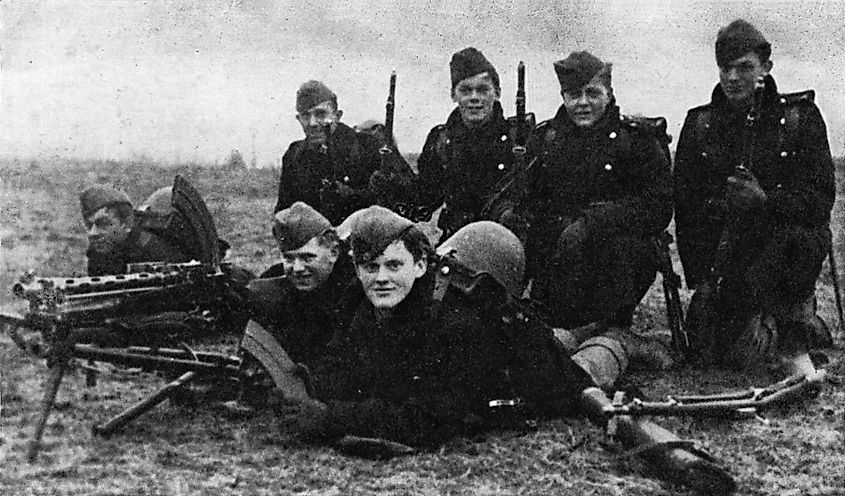
The invasion of Denmark only took six hours; the country's terrain was very flat and almost indefensible, making it particularly vulnerable to the Wehrmacht's highly aggressive tactics. Moreover, Denmark itself had little strategic importance for Germany, with it mainly serving as a staging ground for military operations against Norway. In the end, the Danes experienced 26 deaths and 23 injuries, whereas the Germans suffered 20 causalities.
The Invasion of Norway
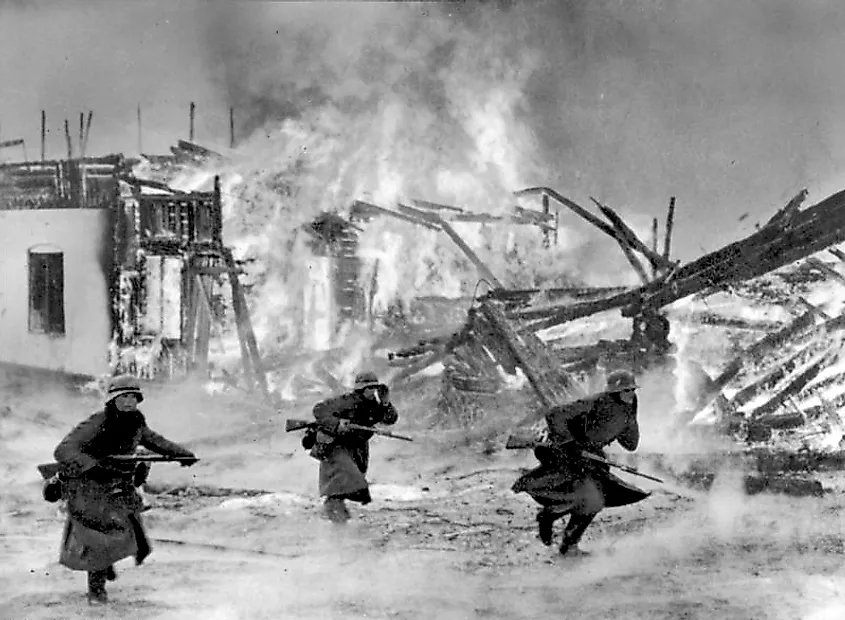
The full-scale invasion of Norway began on April 9, with German warships quickly occupying ports all over the country--the two most significant of which were in Narvik, the main source of Germany's imported Swedish iron ore, and in Oslo, the capital. This quick occupation was partially enabled by Nazi sympathetic commanders in the Norwegian navy, thereby leading to Germany demanding Norway's surrender within hours of the invasion. When this demand was refused, the Germans parachuted soldiers in and established Norwegian fascist Vidkun Quisling as a puppet ruler. While Norwegian troops fought alongside the British for months, the invasion of France resulted in many British soldiers being transferred, leading to a German victory on June 10, 1940. The Allied causalities in the Norwegian campaign totaled about 6,602, whereas Germany's losses were about 5,296.
The Aftermath
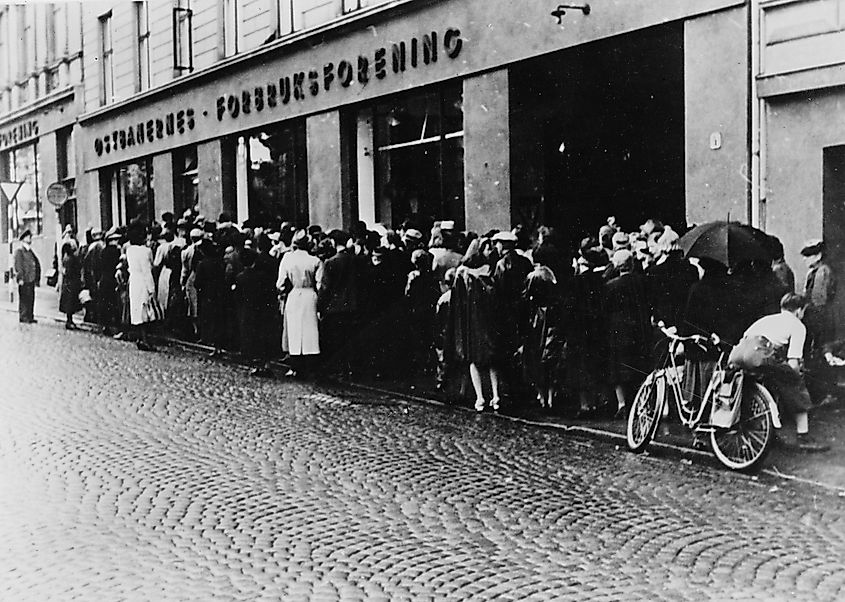
For the first years of the German occupation, Danish internal affairs continued in relative independence. Indeed, the head of state, King Christian X, remained in power, and there was no formal document of capitulation. Furthermore, two years into the occupation, the judiciary was still functioning, and a socialist prime minister was in office. This is not to say that there was no collaboration. For instance, the Danes gave Germany their submarines, provided substantial amounts of food to millions of Germans, and allowed volunteers to fight on the Eastern Front. Furthermore, following a rising tide of resistance, the Germans imposed a much more direct regime of control in August 1943. Nonetheless, Denmark in World War II can still generally be understood as a unique situation in which a liberal democracy existed under a totalitarian occupying force.
This was not the case in Norway, however. As previously noted, fascist Vidkun Quisling was made the country's de facto leader soon after the German invasion. Then, days before the Norwegian Army was defeated, King Haakon was evacuated by the British. All this set the stage for a full-on Nazi puppet state. Norway became the most heavily fortified country in World War II, with hundreds of thousands of occupying troops. Furthermore, about 15,000 Norwegians volunteered to fight alongside the Nazis. The Norwegian puppet regime also participated in the Holocaust. Of the roughly 2000 Jews in the country, about 800 were arrested or deported, and 700 were sent to concentration camps. In total, at least 765 Norwegian Jews were killed.
In conclusion, the invasion of Denmark and Norway was a key part of World War II. Germany's occupation in Denmark made it better positioned to begin military operations in Norway. Moreover, the invasion of Norway was crucial strategically, both in terms of supplies and positioning. Finally, the aftermath of the invasions demonstrated two different types of occupation, with Denmark still mostly operating as a liberal democracy and Norway being transformed into a German puppet state.











